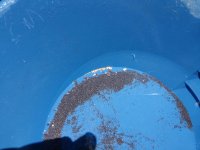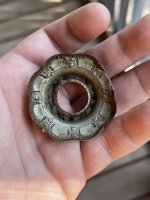wildminer
Hero Member
You people will have a blast! If you haven't been to Sumpter to check out the bucket line dredge and all the mining related history, you will be close. FS campground at Philips Reservoir and a nice RV campground on the right just before Sumpter. Also the gold nugget display at U.S. Bank in Baker.





